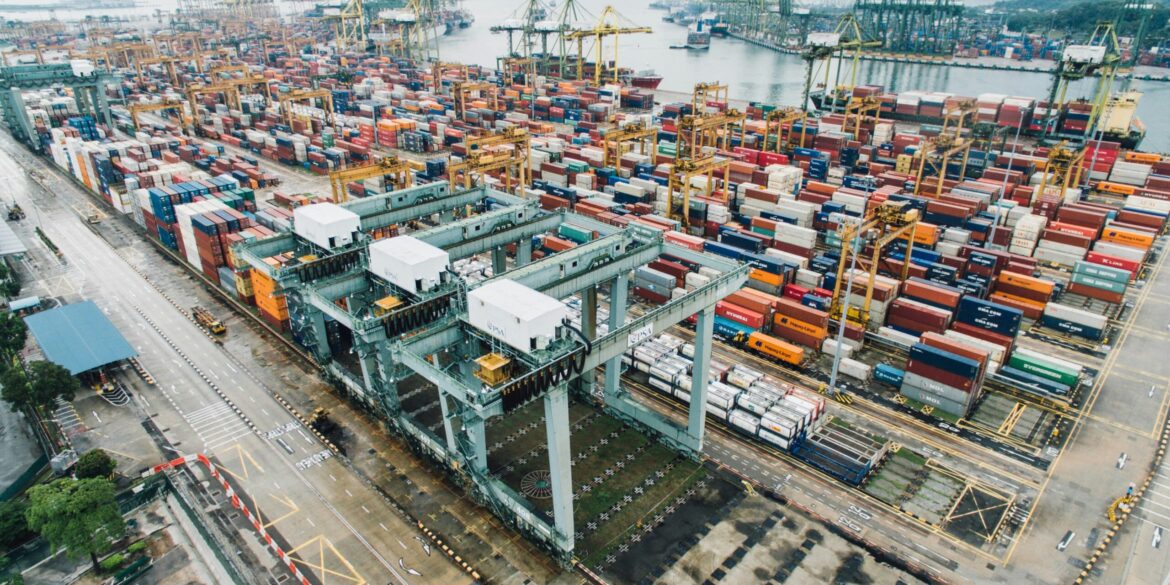As of August 3, 2025, enterprise leaders are confronting a dynamic environment defined by trade disputes, rapid infrastructure shifts, and AI-led innovation. Companies worldwide are recalibrating their strategic playbooks to adapt to U.S.-imposed Swiss tariffs, supply chain disruptions, and a heightened focus on digital transformation.
U.S. tariff actions targeting Swiss imports—expected to commence at rates as high as 39%—have triggered immediate boardroom responses. Executives are mitigating risk by diversifying supply chains, shifting sourcing destinations, adjusting prices, and choosing to withhold forward guidance as regulatory outcomes remain uncertain. Businesses sourcing essential components from Switzerland—such as precision instruments, pharmaceuticals, and machinery—are seeking agile responses to preserve operational continuity and margin stability. It is estimated that hundreds of global firms have already taken steps to respond to comparable trade shocks across sectors.
Among companies proactively reshaping their portfolios, manufacturers and industrial service firms are leading the charge. Amphenol’s acquisition of CommScope’s Outdoor Wireless Networks and Distributed Antenna Systems units is indicative of this trend. The $2.1 billion deal, finalized in early 2025, brought in approximately 4,000 employees and is expected to generate around $1.3 billion in sales during the year—further enhancing Amphenol’s position in next-generation wireless infrastructure. HNI’s acquisition of Steelcase represents a similar strategy, consolidating operations to strengthen positioning in high-growth digital infrastructure markets.
Management experts emphasize that effective leadership in this climate demands more than reactive measures. Leading companies are weaving together innovation roadmaps, AI governance frameworks, infrastructure investments, and M&A strategies into a cohesive response mechanism. This requires agile decision-making processes, cross-functional alignment, and a disciplined cadence of scenario planning—balancing short-term disruption with long-term opportunity. Firms that can harness this integrated approach are gaining competitive advantage in a volatile global economy.
In an era where supply shocks and technology adoption cycles collide, leaders must prioritize adaptability and resilience. Trade uncertainty such as Swiss tariff escalation underscores the need for diversified supply bases and flexible pricing structures. Meanwhile, transformational M&A and product investments in digital infrastructure offer growth pathways that can also hedge geopolitical risk.
Ultimately, leadership in 2025 involves orchestrating strategic transformation in real time: ensuring innovation delivery through AI and data-led frameworks, maintaining operational stability amid trade upheaval, and aligning organizational structure toward nimble market responsiveness. Those able to thread these elements together—merging financial discipline, foresight, and agility—are defining newer benchmarks for enterprise leadership in an increasingly turbulent global climate.

